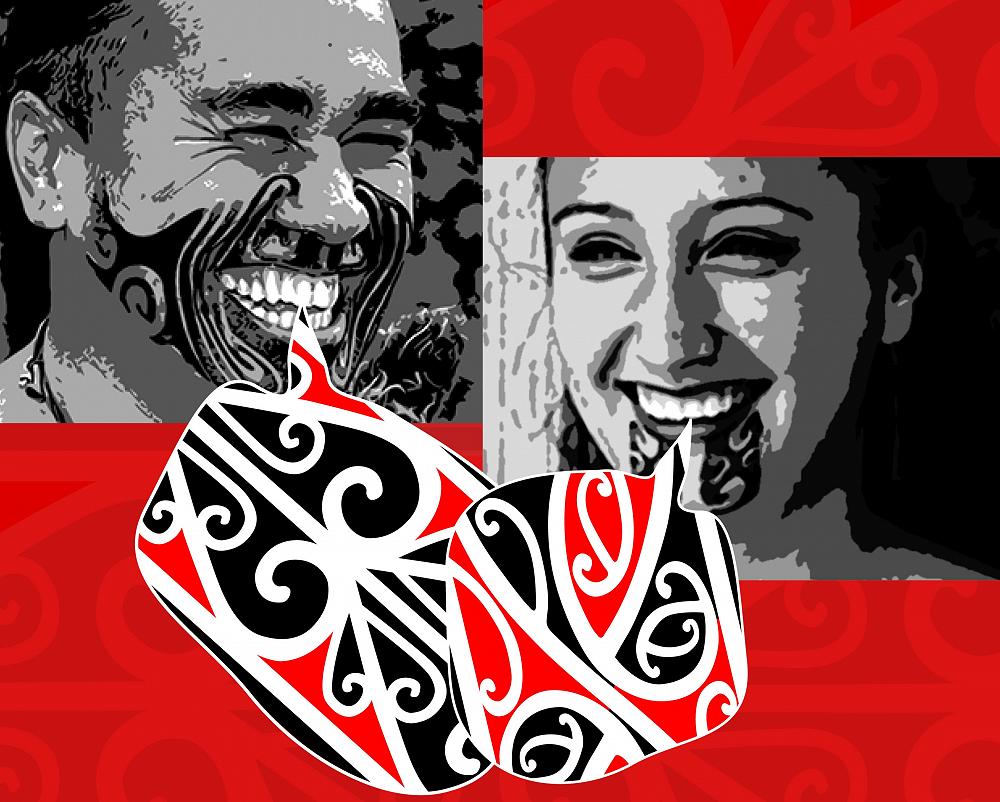
Let’s Move from Thinking to Speaking
“Sustainability” is a word that can make you feel anywhere from inspired to guilty. On the small scale, I see the irony of rushing past my overgrown vege garden to go to work — only to buy overpriced, sad looking vegetables at the supermarket at the end of a 12 hour day. It doesn’t feel very sustainable for the environment or for me.
On a bigger scale, in a recent study published in the journal Science, researchers have found that a vegan diet is probably the best way to reduce environmental impact on the planet. That message doesn’t land easily in New Zealand, with our long agricultural history and an economic reliance on meat and dairy exports.
I have been thinking about sustainability in another area – the sustainability of te reo Māori. In particular, the ongoing debate about whether to introduce te reo Māori as a compulsory language in school. Some of those against this proposal say the language is not sustainable because it is not spoken outside of New Zealand and has no useful purpose. Some people think that the responsibility to sustain the language is one that rests with Māori only, despite the history of language suppression that led to its decline and endangerment.
I’m fortunate to be connected to my whakapapa and to Waipapa, my marae in Kawhia. Although I look pretty Pākehā, my whānau have both Māori and Pākehā heritage. My tūpuna are Ngāti Hikairo, landing in Kawhia in the Tainui waka. I didn’t grow up speaking te reo but as I learn more, I am also learning about who I am and where I come from. I often work with Māori clients, some of whom speak te reo and it’s an important way of connecting. It also helps when I go with my Dad back to Kawhia, to sit in the back of the wharenui listening as the kōreo slides from Māori to English back to Māori as needed.
I recently heard an interview with someone around my age saying how excited they were to be living in a time when New Zealand was changing and te reo is really gaining traction, with hundreds of people turning out for free classes in Christchurch and more reo casually entering the daily lexicon. I’m not sure that’s an opinion shared by everyone in New Zealand but I do hope we’re in the process of turning the tide. As with many social changes, it’s one that requires effort and courageous leadership from political leaders but also within families, schools and communities.
My view is that making Māori compulsory is a necessary step. We need more trained teachers, we need to normalise learning and speaking, and we need more te reo Māori in our civic and public life. Wellington City Council just announced a goal to make Wellington a te reo Māori city by 2040 and one of the parts of its strategy is to make te reo a desirable competency for council staff.
Many people say they want to learn Māori but find it difficult to know where to start. I have friends who feel guilty about making multiple New Year resolutions but not quite managing to make it to classes. (Or, indeed, to stop eating meat or to stop buying plastic or to spend more time in the garden or any other number of things we think we “should” do.) Starting small, with some te reo fridge magnets and labels around the house or an introductory course, is still a start. But enabling the next generation to learn in school means they have the best opportunity to learn while they’re at an age where they will soak it up with ease. I certainly wish I’d learned more te reo at school as it is much more difficult to learn as an adult.
We don’t have to achieve everything all at once. Encouraging ourselves and each other to take steps towards sustainability — environmental, cultural and spiritual — is best done with compassion. But sometimes we need structural change, too. Making Māori compulsory would help us as a nation to deepen our identities as Māori and Pākehā and to step confidently, together, into the future.
Tui Motu Magazine. Issue 228, July 2018: 25.
